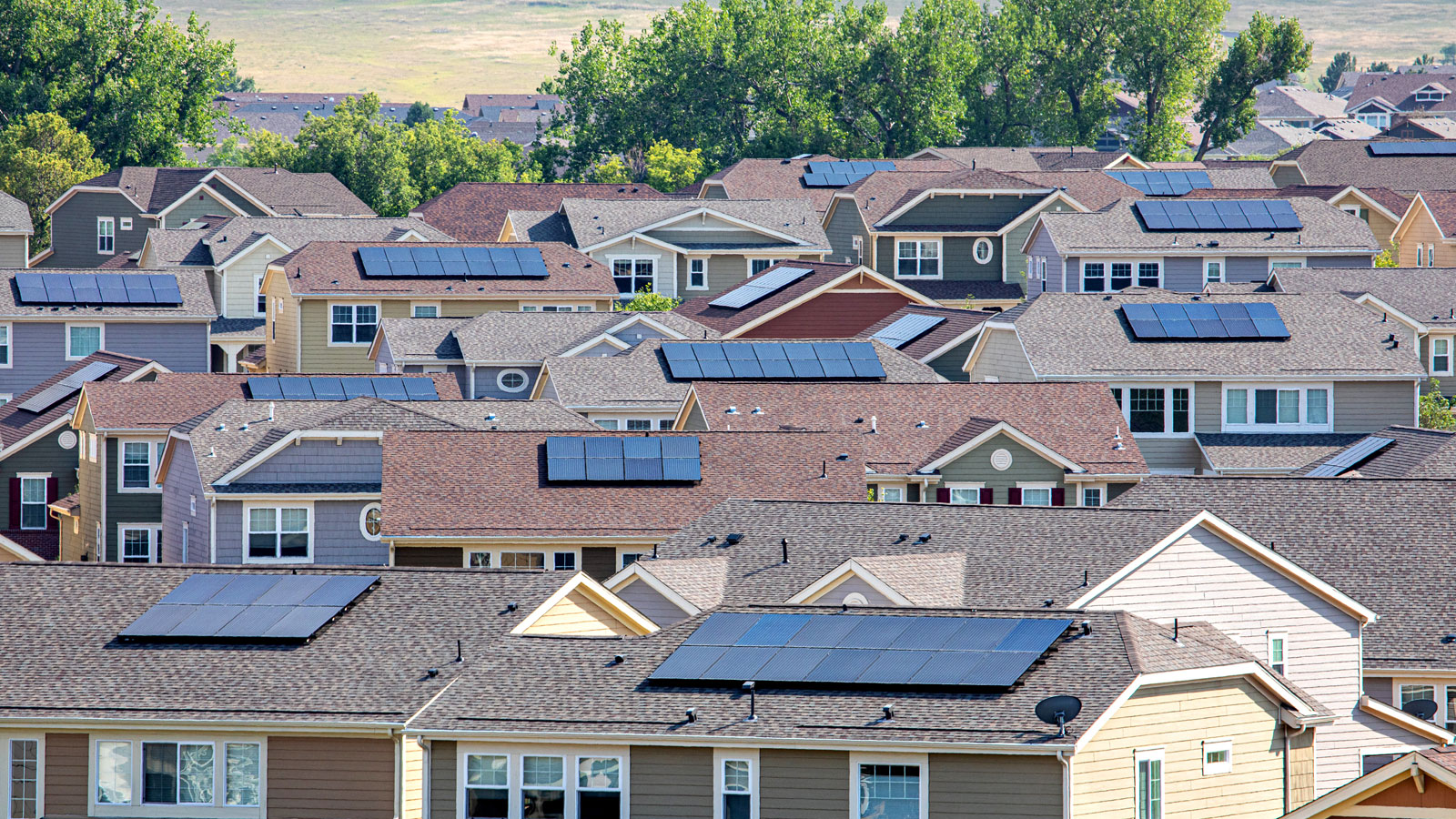Solar energy could play a big role in reducing carbon pollution from the U.S. electricity grid over the next few decades. According to a recent report by the U.S. Department of Energy and the affiliated National Renewable Energy Laboratory, solar could in some scenarios potentially deliver on 40% or more of the nation’s electricity demand – a shift that would achieve significant cuts in carbon emissions to help turn the tide on climate change.
Yet despite its rising role in the energy system, key aspects of solar power remain poorly understood. Let’s explore three common myths about solar energy.
Myth: Solar power is expensive.
Reality: The cost of solar has fallen dramatically.
The generalization that solar power is expensive is off-base in a few ways, but the bottom line is that it depends on the size and location of the project.
Large, utility-scale projects, broadly speaking, are cheap and getting cheaper all the time. In fact, the cost of electricity from utility-scale solar fell 85% between 2010 and 2020. In China, India, and most of Europe, it now costs less to build new solar than to run existing coal plants.
According to the Solar Futures Study, 95% decarbonization of the U.S. electric grid is achievable by 2035 without increasing electricity prices, assuming some advances in technology.
For individual homeowners in the U.S., however, installing rooftop solar can still come with a big price tag. Consider, for instance, the average 5-kilowatt rooftop installation, which delivers enough electricity to power your home’s standard appliances. This common installation rings in between $15,000-$25,000 before tax credits or incentives, according to the Center for Sustainable Energy.
That said, solar prices have decreased steadily over the last decade, particularly for residential systems, and the Department of Energy has outlined targets to bring down solar costs by another 60% within the next 10 years. Many financing options, such as loans and leases, also exist to help spread out the costs over time. With all this in mind, going solar is likely to help lower energy bills, and can even increase your home’s value. The Center for Sustainable Energy estimates that most homeowners who go solar will earn their money back in six to nine years.
Rooftop solar may not be right in every scenario. Homeowners need to consider a variety of factors to assess cost versus return on investment, such as current electricity rates and usage, state and local incentives, financing options, and location-specific conditions like area climate, sun exposure, and roof space. Plus, though hardware costs have been declining across the board, soft costs like permitting and labor can be harder to pinpoint.
Ultimately, though, the more productive question is not necessarily about whether solar is affordable or not – it’s about whether society can afford not to incorporate more of it considering the climate impacts of maintaining a dependence on fossil fuels.
The Solar Futures Study anticipates that avoiding climate damages, such as agricultural losses, property damage related to severe weather, and improved air quality associated with clean power, would more than offset any of the additional societal costs of moving electrical systems off of fossil fuels. The report puts the net savings at $1.7 trillion by 2050.
Myth: Solar works only when the sun is shining.
Reality: Batteries can store power for nighttime and cloudy days.
Like many myths, there’s a kernel of truth here: The sun does indeed shine only during daylight hours. But many solar arrays are connected to the grid, so any energy the building itself doesn’t use during the day automatically feeds back into the grid to support daytime uses for other homes and businesses.
What’s more, major innovation has been afoot in developing batteries that can help store excess solar energy for use at night or on cloudy days. Battery storage is already widely available for home residential use, and scientists and engineers are racing to unlock more effective and cost-efficient means of storing solar power for expanded use, like in commercial and utility-size settings.
Such storage methods, writes Megan Crimmins for PBS, “could make dark skies or bad weather a non-issue for solar power.” Click through for an overview of lithium-ion battery technology and solar storage.
Myth: Solar power is the perfect solution to our energy challenges.
Reality: We’ll need to implement a range of solutions, including but not limited to solar.
Not every solar myth is rooted in distrust of solar energy. At the other end of the spectrum is the notion that simply throwing solar at our energy problems will solve them. That myth overlooks challenges around commercial-scale storage, access, and recycling.
- More people need access to solar technology. Even some solar industry leaders note rooftop solar isn’t the right fit for every homeowner. People who don’t own their homes must also be able to harness solar power, but more community solar and policy-driven programs are needed to improve equity in this space.
- Leadership is needed to ensure safe disposal and recycling for solar materials. Given that the need to address solar energy waste is a relatively new phenomenon – but on par with the need to address electronic waste, often referred to as e-waste – government and industry interests must help determine what communities and commercial users alike can do with the waste that will inevitably accumulate as more solar materials reach the end of their life cycles.
Bottom line: Before solar can reach its full potential, there’s more work to be done on storage and recycling and to make sure that everyone can access the technology.
Got other questions about solar or clean energy? Drop us a line with yours.
Source link


